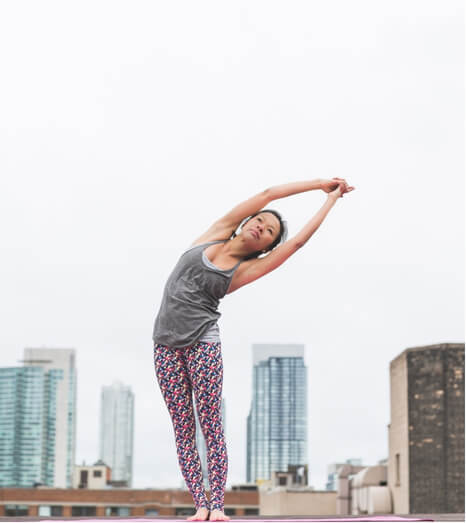Hello, my name is Mattias McAndrew, and I’m the Head Clinician at Brisbane Headache and Migraine Clinic.
With years of experience in treating complex headache disorders, I’ve seen firsthand how vestibular migraines can impact people’s lives, leading to debilitating dizziness, nausea, and balance issues.
My background in physiotherapy and years of headache management expertise make me a strong advocate for effective, non-invasive treatments.
One approach that I’ve found particularly promising is the Watson Headache® Approach.
Understanding Vestibular Migraines
Vestibular migraines are a subtype of migraine characterised by recurring episodes of vertigo, balance issues, and dizziness, often without the traditional headache pain that most people associate with migraines.
According to recent studies, vestibular migraines may affect up to 1% of the population, with women being affected more frequently than men (Baloh et al., 2022).
For many, these symptoms can severely impact daily activities, including walking, driving, or even sitting up straight. Managing these symptoms can be challenging, especially since the neurological and physical components overlap.
The Role of the Watson Headache® Approach
The Watson Headache® Approach, developed by Australian physiotherapist Dr. Dean Watson, is a specialised technique targeting the upper cervical spine (C0-C3).
This approach is designed to address the role of the neck in triggering or sustaining headache symptoms, especially in cases where traditional migraine treatments have fallen short. By assessing and treating dysfunction in the upper cervical vertebrae, the Watson Approach helps patients gain relief from their symptoms.
How the Watson Approach Can Help Vestibular Migraine Patients
Recent studies and clinical evidence suggest the Watson Approach can provide targeted relief for vestibular migraine symptoms by addressing cervical spine dysfunction, which can influence the trigeminal nerve and associated migraine pathways.
1. Reduction of Dizziness and Vertigo
Cervical spine manipulation has shown potential in reducing dizziness, a common vestibular migraine symptom. By restoring correct movement in the upper neck, the Watson Approach helps decrease the input that may contribute to vertigo sensations (Watson, 2019).
2. Improved Balance and Posture
The technique promotes better alignment and posture by targeting the top three cervical vertebrae, which directly impact the brainstem and vestibular pathways. Improved alignment can help patients regain balance and reduce spatial disorientation often associated with vestibular migraines.
3. Pain Reduction and Symptom Control
The Watson Approach also reduces pain associated with vestibular migraines, often making daily tasks easier for patients. This is particularly useful for patients who experience chronic migraines where medication alone has not been effective.
4. Natural, Non-Invasive Management
Many patients with vestibular migraines seek alternatives to medication due to side effects or limited relief. The Watson Approach provides a safe, manual therapy option that addresses the problem at its source, offering potential relief without the need for additional drugs.
Taking Action: What to Do Next
If you’re struggling with vestibular migraines and have tried other therapies with limited success, consider exploring the Watson Headache® Approach as part of your treatment plan.
Here’s what you can do:
- Book an Assessment: Contact Brisbane Headache and Migraine Clinic to schedule an assessment. We can help determine if the Watson Approach is right for you.
- Engage in Targeted Exercises: Following your assessment, we may recommend exercises that complement the Watson Approach and support your recovery.
- Stay Informed: Read more about migraine management and neck-related interventions to empower yourself in managing your symptoms effectively.
The Watson Headache® Approach has shown promising results for many vestibular migraine patients, helping them regain control and quality of life. If you’re ready to take the next step in managing your condition, reach out to us at Brisbane Headache and Migraine Clinic.
Written by:
References
Baloh, R. W., Rae-Grant, A., & Korosec, S. (2022). Vestibular migraine: A review of clinical features and pathophysiology. Journal of Neurology, 269(6), 327-335.
Watson, D. (2019). The Watson Headache® Approach: A manual therapy method for headache management. Journal of Manual & Manipulative Therapy, 27(2), 99-106.











